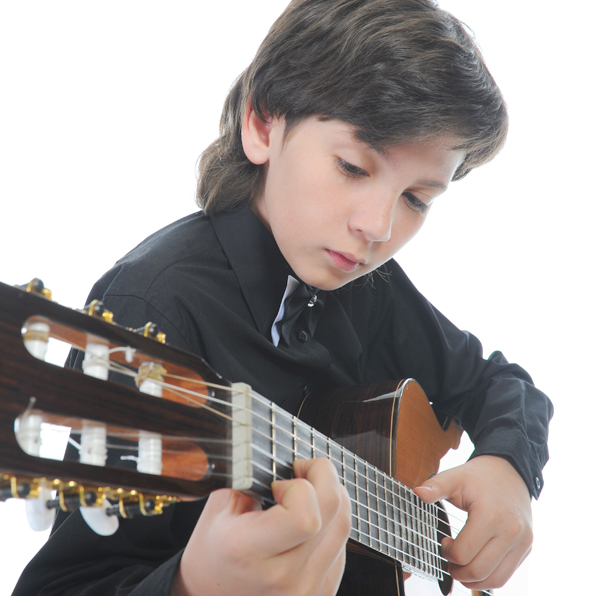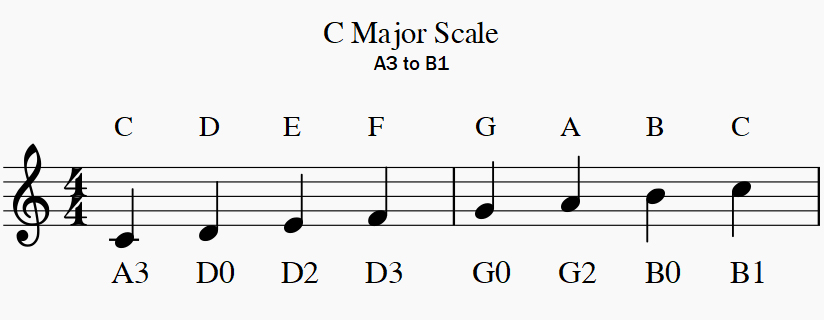It is well known and generally acknowledged that musical activity can have beneficial results for seniors. These benefits come in different forms for different people depending on their circumstances.
"Music Therapy" is one well established method of helping people with physical and cognitive disabilities caused by conditions such as dementia. "MT" as it is referred to, often involves relatively passive activities like listening to music under controlled conditions. But it can also involve singing, drumming or tapping, and playing other simple instruments like the harmonica.
Research has shown that the soothing effect of music leads to better social interaction and often helps improve communication skills where they have been impaired by such things as stroke, or been the result of some other injury or sickness.
For what we might call "ordinary" seniors, music is often used in retirement communities and senior centers in the form of special musical entertainment, sing songs and even dancing classes.
Participants are encouraged to engage in singing, clapping, and dancing to old familiar standards. This type of musical experience provides pleasant and enjoyable
social interaction, a much needed bit of
physical activity, and a jolt of
positive emotional stimulation.
Can seniors benefit from playing musical instruments?
Listening to music can be emotionally stimulating, but it is a relatively passive activity. Can seniors benefit from being more actively involved in making music - by, for instance, singing or playing a musical instrument?
Of course it depends a lot on the senior, and on the instrument.
Many seniors have physical limitations that make fingering a violin or a guitar almost impossible. But those same people might benefit from participation in a
drum circle.
Here is an example of a
drum circle for seniors.
Participants in activities like this quickly get involved in making music, having fun, even dancing, chanting, and singing.
As Shannon Rattigan of
drumcircles.net says,
"If a facilitated drum circle is presented properly, in a matter of 10 minutes everyone can
be playing a drum rhythm together...The key to it is setting the right tone that this is going to be playful and fun. You can improvise,
play around, and just have a good time. Like we did when we were kids."
Can this be done with other instruments?
Again, it depends a lot on the senior and on the instrument.
Many older people have played a musical instrument when they were younger, and stopped playing when family and work intervened. I often read on music instruction forums comments from older guys (most of them seem to be men) who have picked up the guitar after it sat in the closet for 40 years.
Yes, 40 years! That is not an exaggeration. I am an example. I played the guitar and trumpet in my teens and twenties, and didn't actively pick them up again until I was in my 60s.
The incentive for me was the opportunity to teach some of my grandchildren a bit of what I knew. And that led to many opportunities to perform with them at family gatherings. And of course that has resulted in the joy that comes with watching the kids become talented musicians in their own right.
The point is, it is possible to dust off old talents if the circumstances are right. Reviving old talents and playing in a small, informal band with friends or family is one possibility.
A retirement community seems like the perfect place where a group of people might get together to make music together in a more structured way - say as a singing ensemble or a little band.
An enterprising social director in a seniors community might even form a larger band - using regular musical instruments or simple ones such as whistles, harmonicas, and a variety of percussion items (drums, tambourines, shakers, wooden blocks, etc.)
Playing traditional musical instruments
Is it realistic to think that a 70 or 80 year old person might continue to play a traditional musical instrument like a keyboard, guitar or trumpet? Or could he or she learn an entirely new instrument - a keyboard, for instance, or a banjo, harmonica or even a saxophone or guitar?
Again, it depends on the circumstances a person finds herself in - in particular, her physical limitations.
Many aging people have lost flexibility in their hands. They may have a sore back or hips that make it difficult to sit in positions required by some instruments. And often an older person has difficulty seeing or hearing.
If none of these things are holding a person back then why not go for it!
But there is always the question of motivation.
Learning to play an instrument like a piano - even in the most basic way - has real benefits. It provides enjoyment, mental stimulation, and a sense of accomplishment. And that may be enough incentive to get you to take on (and stick with) a project like teaching yourself a musical instrument.
But playing for your own enjoyment is often not enough of an incentive to keep you going. Playing a musical instrument, or even singing in a small ensemble, almost inevitably involves the opportunity to perform for others - usually friends, family or fellow community residents.
In other words it is often just the prospect of performing for others that keeps musicians going. Taking music lessons when you are a child almost always involves a "recital" every now and then to display what you have learned. Without the recital
practicing starts to seem pointless.
There is no reason to think it should be any different for a senior. My father played his violin in church for at least 50 years, and it was those "performances" that kept him interested in playing. When his faculties started to deteriorate and the invitations to play dried up, so did his interest in playing at all.
It is performances like this that provide the incentive to become better and to learn new material, or for an older person, to hold on to the skills they developed earlier in life.
So I would answer "Yes" to the question "Can a senior like me learn a new instrument?" It will give you enjoyment as well as mental and spiritual stimulation. And it will give you something meaningful to do with your time.
But don't keep it to yourself. Play for friends and family. Join a group or form a band.
Have fun being a musician, and share the joy with others.


























